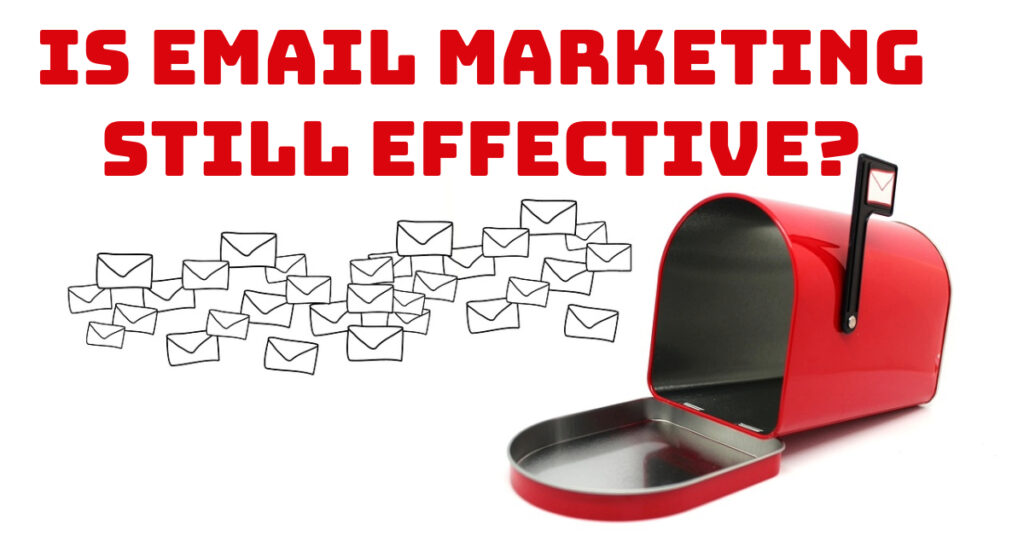Knowing how to introduce yourself in an email to clients helps you set the right tone, establish rapport, and showcase your expertise. When you’re reaching out to a new client or reconnecting with an existing one, crafting the perfect introductory email is essential. Whether you’re sending a cold email or reaching out to a current subscriber, follow this guide for making a strong, lasting impression.
Why Your Email Introduction Matters
Your introductory email is more than just a greeting. It’s an opportunity to:
- Make a memorable first impression
- Build credibility and trust
- Show the client that you understand their needs
- Encourage further communication
How to Introduce Yourself in an Email to Clients:
Let’s explore the steps to craft a compelling self-introduction in your client emails, covering both cold and warm approaches.
1. How to Introduce Yourself in an Email to Clients (Cold Email)

A cold email is your first point of contact with a potential client who may not be familiar with you or your brand. Your goal is to grab their attention, offer value, and encourage them to respond. Here’s how to introduce yourself in an email to clients effectively.
Key Components of a Cold Email Introduction:
- Clear Subject Line: The subject line should quickly convey the purpose of the email. Keep it concise and specific, such as “Helping [Client’s Company] Improve [Specific Outcome]” or “Quick Question on [Relevant Topic].”
- Personalized Greeting: Use the client’s name to personalize the greeting. A simple “Hi [Client’s Name]” is often best. Avoid generic openers that can make the email feel impersonal.
- Brief Self-Introduction: Share your name, position, and company briefly. For example: “I’m [Your Name], a [Your Position] at [Your Company]. We specialize in helping businesses like yours [mention a relevant benefit or solution].”
- Value Proposition: Explain how your services or products can benefit the client. Tailor this to their industry or specific pain points. For instance, “We recently helped [a similar company] achieve [result], and I believe we can deliver similar results for you.”
- Clear Call to Action: Include a specific next step, like scheduling a meeting or quick call. Make it easy for the client to respond by offering a time or asking a straightforward question, such as, “Would you be open to a 15-minute call next week to discuss how we can support [Client’s Company]?”
Example Cold Email:
Subject Line: Helping [Client’s Company] Achieve [Goal]
Hi [Client’s Name],
I’m [Your Name], a [Your Position] at [Your Company]. We specialize in helping companies in [Client’s Industry] improve [specific goals]. I came across [something relevant about their work] and thought our services could bring added value to your team.
Would you be open to a quick call next week to explore how we can support [Client’s Company] in achieving [specific objective]?
Looking forward to connecting,
[Your Name]
[Your Position]
[Your Contact Information]
2. How to Introduce Yourself in a Warm Email to Existing Clients

A warm email introduction is intended for clients who are already familiar with your brand. This might include current customers, subscribers, or leads who have previously engaged with your content. In these emails, the goal is to build on your established connection, provide value, and encourage further engagement.
Key Components of a Warm Email Introduction:
- Friendly Subject Line: Use an inviting subject line that reflects the relationship you already have. Examples include “Checking In from [Your Company]” or “Exciting News from [Your Name].”
- Personalized Greeting: Start with a warm greeting that includes the client’s name. For instance, “Hi [Client’s Name], hope you’re doing well!”
- Quick Re-Introduction or Update: Remind them who you are or share an update about your role or company. Example: “As a reminder, I’m [Your Name], [Your Position] at [Your Company], and I wanted to share some updates with you.”
- Offer Value: Provide something useful or interesting, such as a recent blog post, an industry tip, or a special offer. This shows you’re invested in the client’s ongoing success.
- Encourage Engagement: End with a call to action, such as inviting them to reply with questions or schedule a call. This makes it easy for the client to respond and strengthens the connection.
Example Warm Email:
Subject Line: [CLient’s Name], Still unsure about [topic]?
Hi [Client’s Name],
I know things have been hectic lately, but I wanted to share something I think you’ll find interesting.
You’re probably wondering if [relevant topic] is still worth the effort. While there are plenty of shiny new marketing tools out there, the truth is, [relevant topic] still delivers incredible results.
Remember when we talked about [past conversation point]? Well, I’ve got some fresh insights that might help you take things to the next level.
I’ve put together a quick guide on [topic] that covers everything from [point 1] to [point 2]. It’s a quick read, I promise!
Check it out here: [link to your resource]
Let me know if you have any questions or if you’d like to chat more about it.
Best, [Your Name] [Your Position] [Your Company]
Best Practices: How to Introduce Yourself in an Email to Clients

Regardless of whether it’s a cold or warm email, these best Best Practices on how to introduce yourself in an Email to clients can enhance your email introductions:
- Be Concise: Keep your email short and to the point. Clients appreciate emails that respect their time.
- Personalize Each Message: Using the client’s name and addressing their specific needs or interests shows that your email is tailored to them.
- Showcase Value: Make it clear how your products or services can benefit the client. Whether it’s solving a problem or adding value, a well-stated benefit can increase response rates.
- Proofread Carefully: A polished, error-free email demonstrates professionalism and attention to detail.
- Use a Friendly, Professional Tone: Match your tone to the relationship and the client’s industry. For cold emails, a more formal tone may be appropriate, while warm emails can be conversational.
- Follow Up as Needed: If you don’t receive a response, consider sending a polite follow-up email within a few days with different perspective of yourself still relevant to client.
FAQs
1. Should I introduce myself differently to a potential client vs. a current client?
Yes, the approach can vary. A cold email to a potential client should focus on introducing your value in a concise and compelling way, while a warm email to a current client or subscriber can be more casual and focused on relationship-building.
2. How long should an introductory email to a client be?
Aim for 3–4 short paragraphs that are easy to read. Busy clients are more likely to respond to an email that’s concise and to the point.
3. What if the client doesn’t respond?
If you don’t hear back, consider following up within a week. A friendly follow-up message shows initiative and helps keep the conversation open.
Conclusion
Knowing how to introduce yourself in an email to clients is an essential skill that can strengthen your business relationships and open doors to new opportunities. By tailoring your introduction based on whether it’s a cold or warm email, you can connect meaningfully with clients and establish a strong foundation for collaboration.
Whether you’re contacting a potential client for the first time or reconnecting with a loyal subscriber, following these steps will help you craft professional, engaging emails that leave a positive impression.


